Photos by Scott Buschman
“I don’t care.”
Most teachers have heard this declaration from a student. It’s frustrating and demoralizing, because most teachers do care deeply about the well-being of their students.
Seeing a student put their head on the desk and tune out leads to soul-searching. Are you having an off day and not engaging students — or is it time for new strategies? Is something happening at home that’s causing a student to act this way? Or has the “midyear slump” crept in? This typically happens after the holidays, when the excitement of the new school year wears off, routine sets in, and curriculum becomes more difficult. And students often pretend they don’t care if they fall behind and need extra help.
(Note: If you think a student’s apathy may be related to problems with mental or physical health, depression, an undiagnosed learning disability, trauma, abuse, or neglect, share your concerns with your administrator, school counselor and school psychologist. Also, check in with the student’s other teachers to see whether this is a problem in your class alone or in every class.)
Whatever the reason for apathy, there are strategies to help get students back on track. Below are some tips from CTA members on how to help kids stay motivated.
Show them you care
There is usually a lot of laughing in Theresa Lunsford’s math classes at Wilson Riles Middle School in Roseville. Her willingness to engage students in fun and interesting projects earned her the title of 2017 Teacher of the Year for the Center Joint Unified School District.
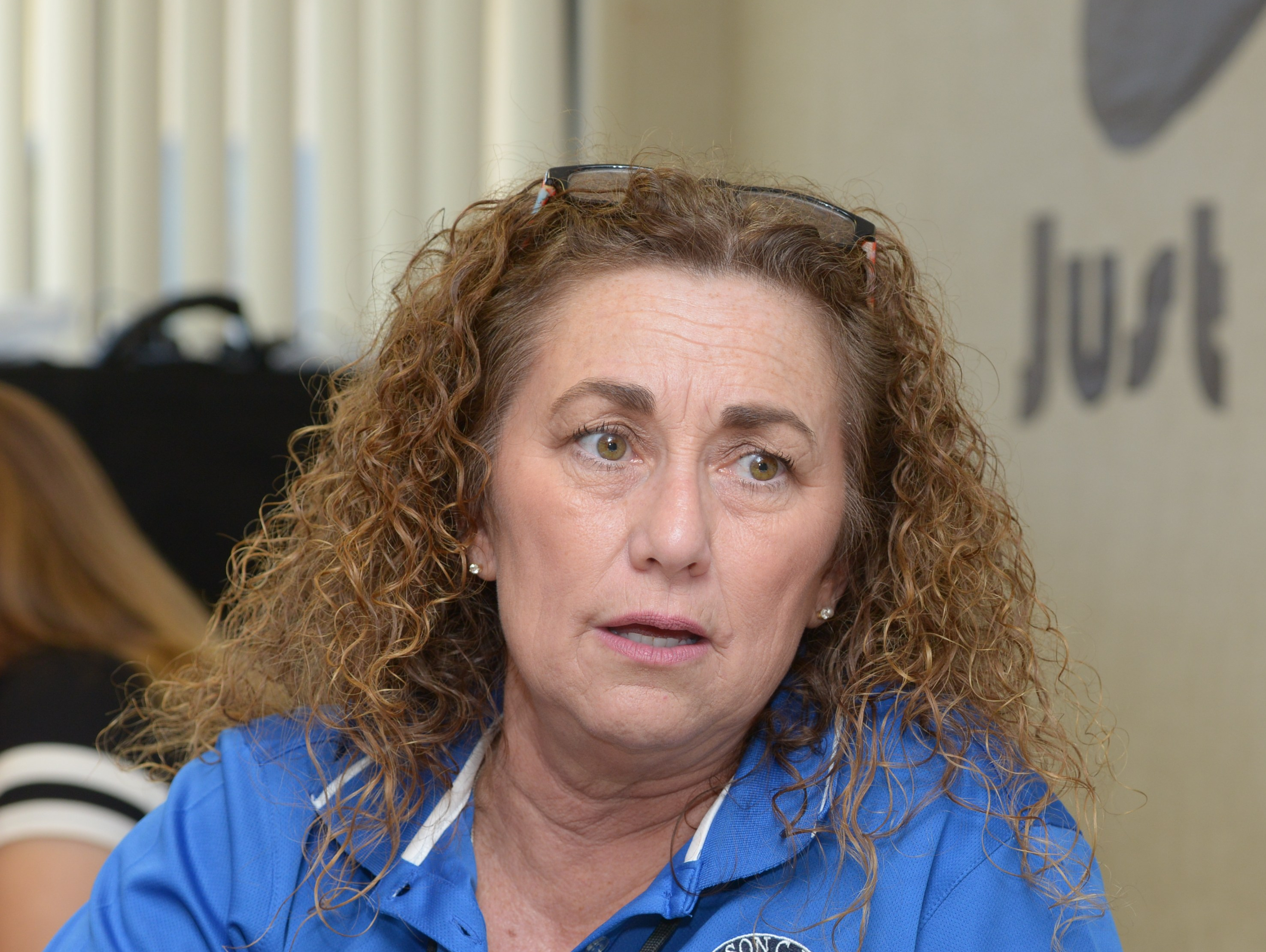
Theresa Lunsford
Her caring and compassion also helped her earn that honor. She conveys to students that she cares about them as people and will do whatever she can to help them succeed.
“To get students to care, you must first show that you care,” shares Lunsford, a member of the Center Unified Teachers Association.
If she suspects a student is having problems, she will take them aside and ask what she can do to help. If they are having trouble with housing, food or bullying, for example, she will try to find resources that can assist them. Academics are important, but so is showing empathy, she says.
“Recently, I reached out to a student and learned that a close relative had died the week before. You never know what is going on in a student’s life,” she says. “Sometimes they are going through very tough times, and school is not the most important thing in their lives.”
Occasionally she asks students to put their problems aside for just an hour and focus, and they find a bit of success leads to more success. When students say math is their worst subject, she tells them they have a “clean slate” in her class and it doesn’t matter how they performed in previous math classes.
“I would say 75 percent of my students come to class hating math, and when they leave, 80 percent say it’s their favorite subject. If they don’t do well, I offer extra help and let them retest after school. It is important to offer encouragement and celebrate their successes. I remind students that no one learns at the same pace, but eventually they will get it.”
Build relationships
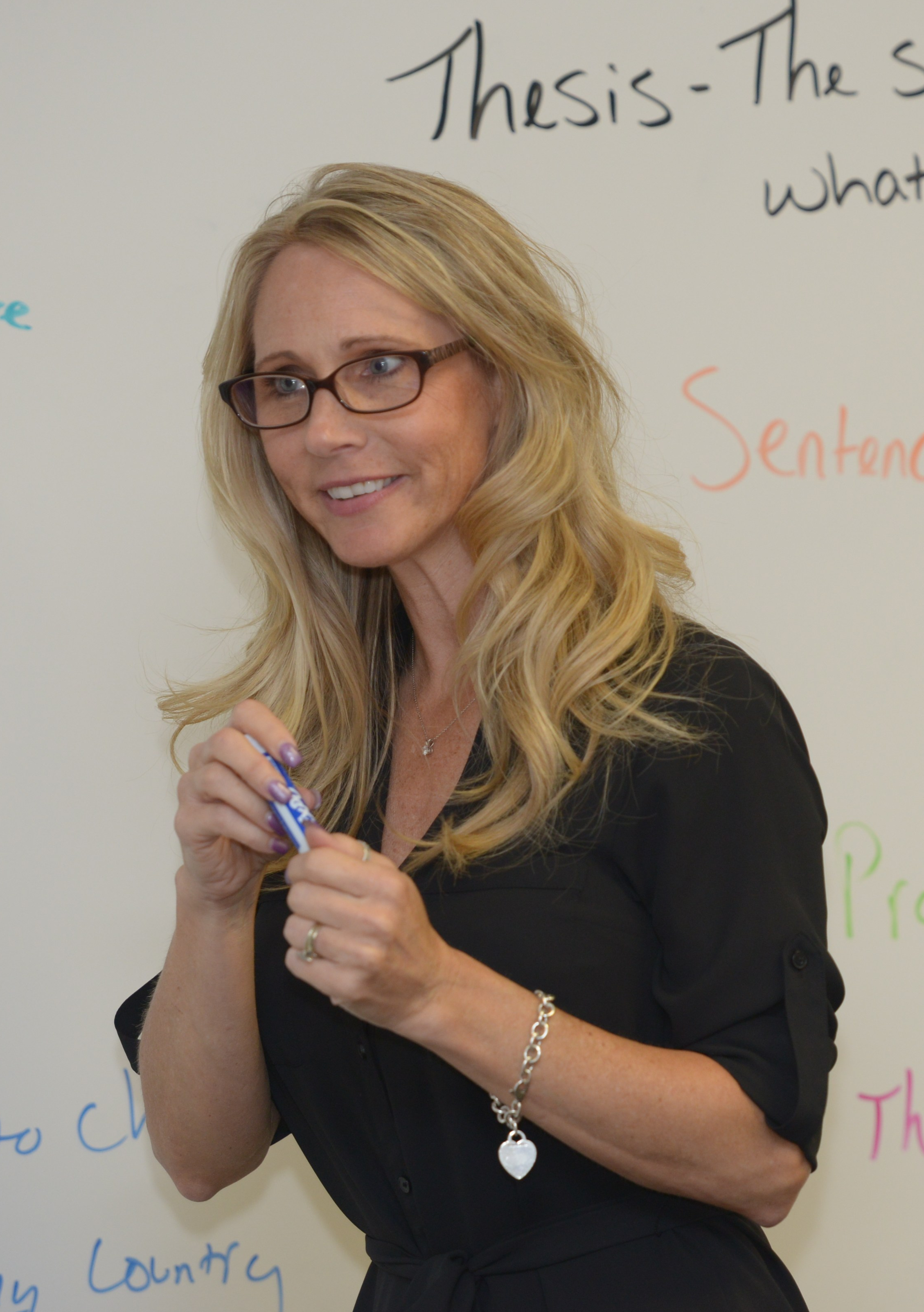
Darlene Cefalu
All students, whether in honors or remedial classes, try harder when they have a connection with their teacher, says Darlene Cefalu, who teaches English for both levels at Santa Teresa High School in San Jose. Sometimes sharing a bit of your own story improves communication, because students see you as a human being, says Cefalu, East Side Teachers Association. For example, she shares with her students that she is a cancer survivor.
“There is no significant learning without a relationship,” she says.
“I praise kids when they do something good and treat them fairly. I communicate with their parents to let them know their child is doing a good job and participating in class. I create an atmosphere of positivity that builds a strong connection.”
Communication is key in relationship building. Students text her via the Remind app. If students ask to talk with her after class, she makes time to listen. Her classroom is open at lunchtime for students who are lonely, and she brings snacks for hungry students. She offers lots of high fives, praise and encouragement.
“By doing these things, I feel I am winning the battle against apathy,” says Cefalu. “It’s a rough world out there, and my students need to know they are loved no matter what.”
Explain the big picture
Miesha Harris Gash teaches students with mild to moderate disabilities, and they tend to live in the moment, says the special education teacher at Kennedy High School in Richmond. So she makes it a point to show them the connection between what they need to learn at school and what they want out of life.

Miesha Harris Gash
“I ask them to define what success means to them,” says Gash, a member of United Teachers of Richmond. Usually, they want nice things, a family, and to break free of the cycle of poverty.
“We talk about how they will pay for that. What will it take to support themselves? How much will they need to pay rent, make car payments and afford necessities? We talk about salary and benefits. Soon they realize that a minimum-wage job is not likely to give them the lifestyle they want, and they begin to think more about the future. It definitely helps when you connect how they do in school with their future livelihood.”
In painting a big picture, she explains that academic skills are life skills. Knowing math helps people avoid being cheated out of their money. Being able to write well is essential in any well-paying job. Education, she stresses, is the best way out of poverty.
Gash urges students who are not college-bound to consider vocational education to prepare for careers in the trades, such as heating, air conditioning, plumbing and electrical work, which can pay quite well.
“You can be your own boss and become an entrepreneur,” Gash tells students. “Education leads to jobs. Jobs lead to careers. And it all starts with now.”
Make it relevant
“Why do I have to learn this? I’m never going to use it!”
The best response is to show students what they are being taught can be useful, says Shana Just, an earth science teacher at Luther Burbank High School in Sacramento.
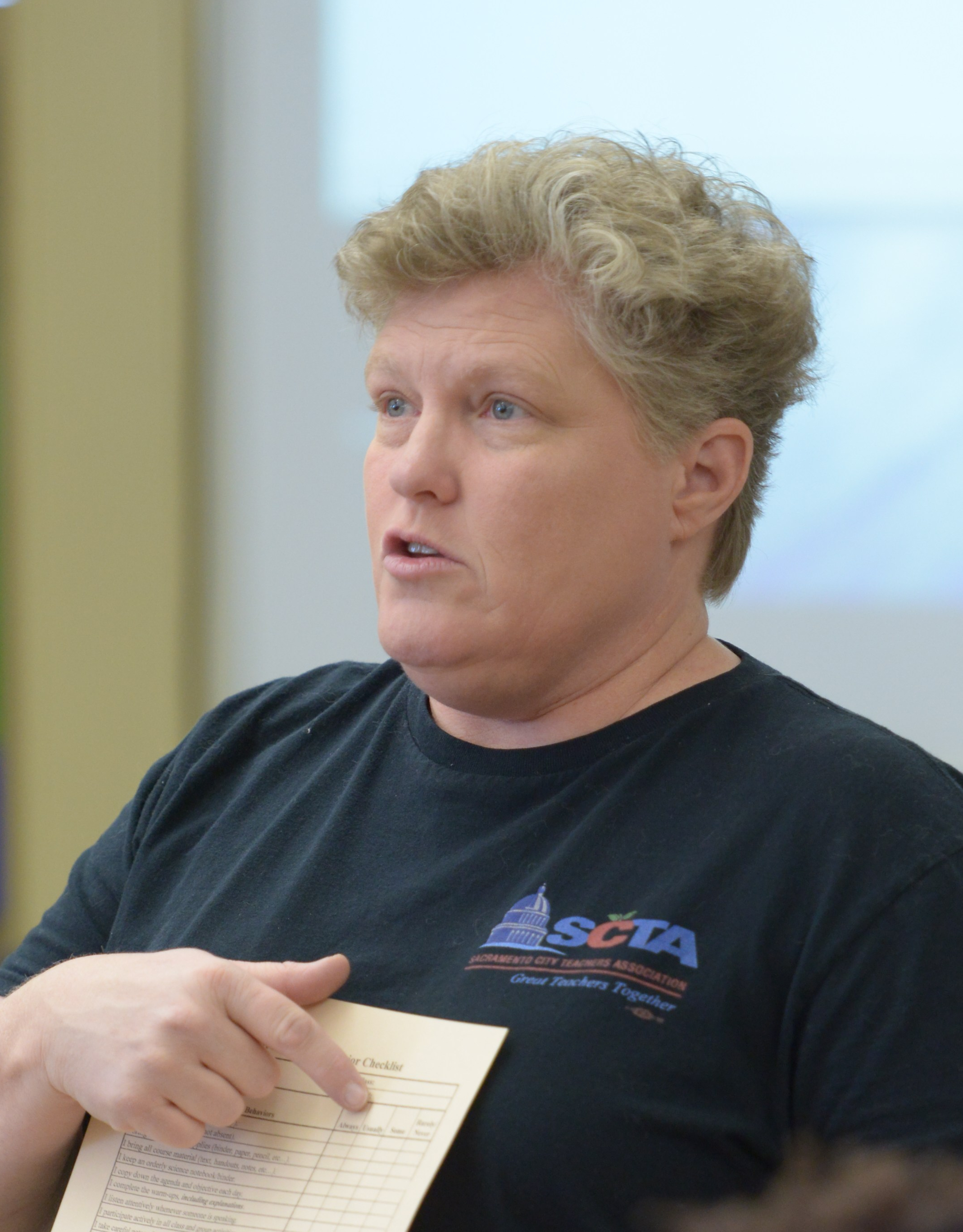
Shana Just
If students complain about learning geography and mapping because they already have a GPS, she offers real-life examples — such as the Santa Rosa fire — where a lack of Internet service forced rescue workers to rely on old-fashioned methods to save lives. Her students learn GPS unreliability has caused people to be stranded on remote roads in a snowstorm.
Just strives to foster internal motivation at her challenging inner-city school, and it’s not always easy. She’s had students say to her, “Why bother, I’ll just end up in jail,” and students often refer to themselves as stupid, which they may hear at home.
“None of them are stupid, and I let them know they are all capable learners,” says the Sacramento City Teachers Association member. “If they say they are not good in science, I always tell them until now.”
It’s important to know what students are interested in, and connect that with what she is teaching. Even apathetic students are excited about something. A student interested in sports might learn how weather conditions affect outdoor sporting events, which can lead to a discussion on high-pressure winds. Someone with a passion for basketball is reminded that practice improves performance, and the same is true of academics.
“Sometimes a connection is dorky, but it helps put what you teach into context,” she says. “There’s always a way to make a connection between what you are teaching and students’ lives.”
Give ’em a choice
Eighth-grade social studies and language arts teacher John Davenport decided to shake things up last year, after 20 years teaching. He implemented “interest-based curriculum” at Corte Madera Elementary School in Portola Valley — which means students focus on what they are interested in, within the context of U.S. history.
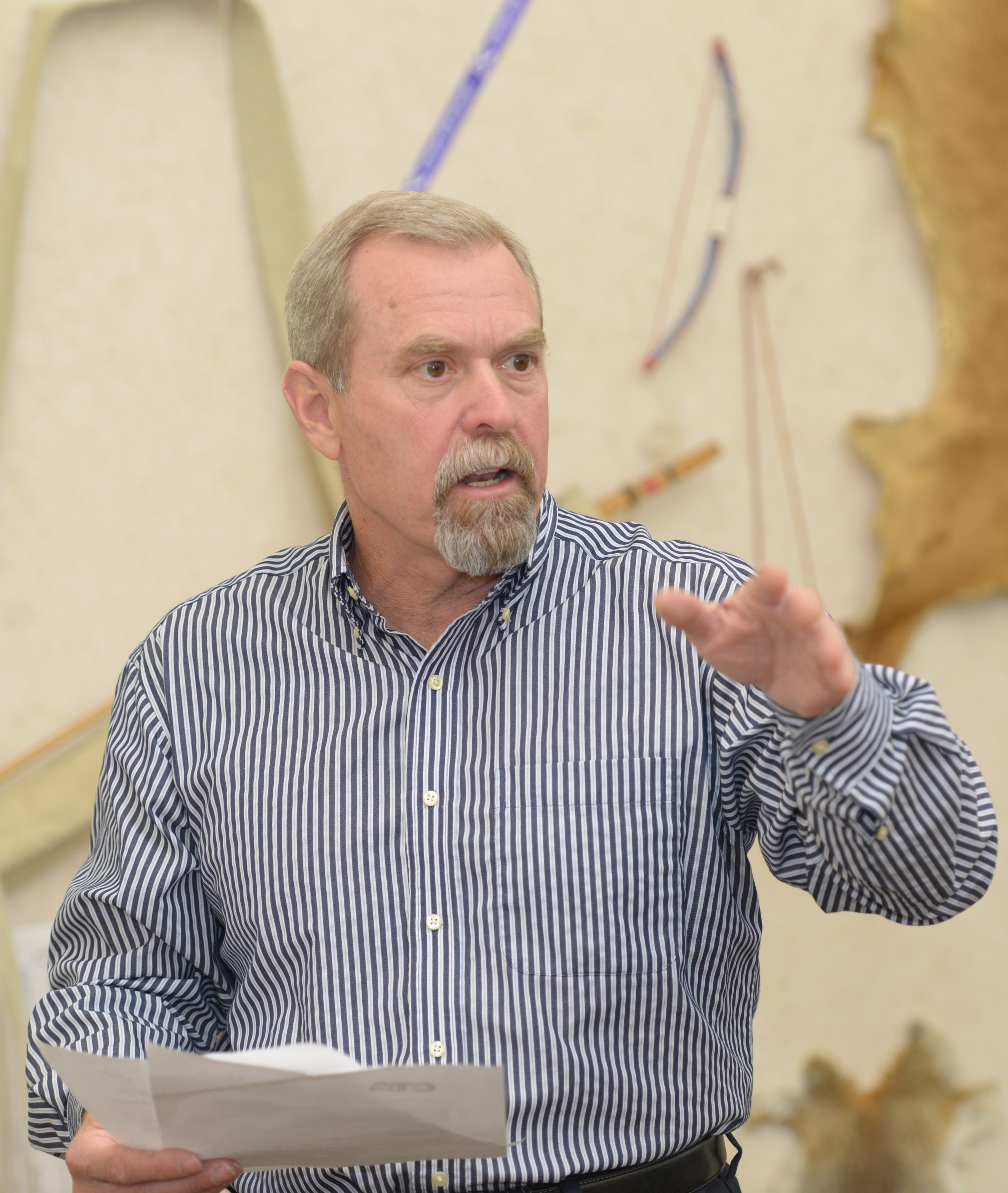
John Davenport
After students are surveyed about their interests, they are matched with like-minded students. They work alone if there isn’t a match. Some students choose to study the impact of “screen time.” Others choose lesbian, gay and transgender rights. Some focus on unfair treatment of women in Hollywood, which has become quite timely. Another chooses to study warfare.
Students research the history of their topic and include demography, economics and geography. They build a website for their research. Then they pose real-world questions related to their topics and collaborate on solutions. Students studying LGBTQ+ equity, for example, found it lacking on their own campus and convinced the administration to hold an assembly to educate all students about the need to treat each other with respect.
“From data analysis they determine what needs to be fixed and how to fix it,” says Davenport, president of the Portola Valley Teachers Association. “It gives them a real, authentic purpose to learning. And just like the real world, sometimes they must defend their work.”
In the process, students cover the standards. Last year, they scored high on the standardized test. Students share their research with the rest of the class via Google classroom discussions, podcasts, or articles posted online.
“Sometimes kids are apathetic because old-fashioned instruction isn’t working,” says Davenport. “Yes, it’s a big change from lecturing to becoming a resource for students. But apathy vanishes when students take control of their own learning.”
Have a “Genius Hour”
Like Davenport, Teresa Ozoa wanted student-centered learning. She heard about Genius Hour and figured, since it was highly successful with Google employees, it might reinvigorate students in her contemporary studies literature classes at University High School in Irvine.
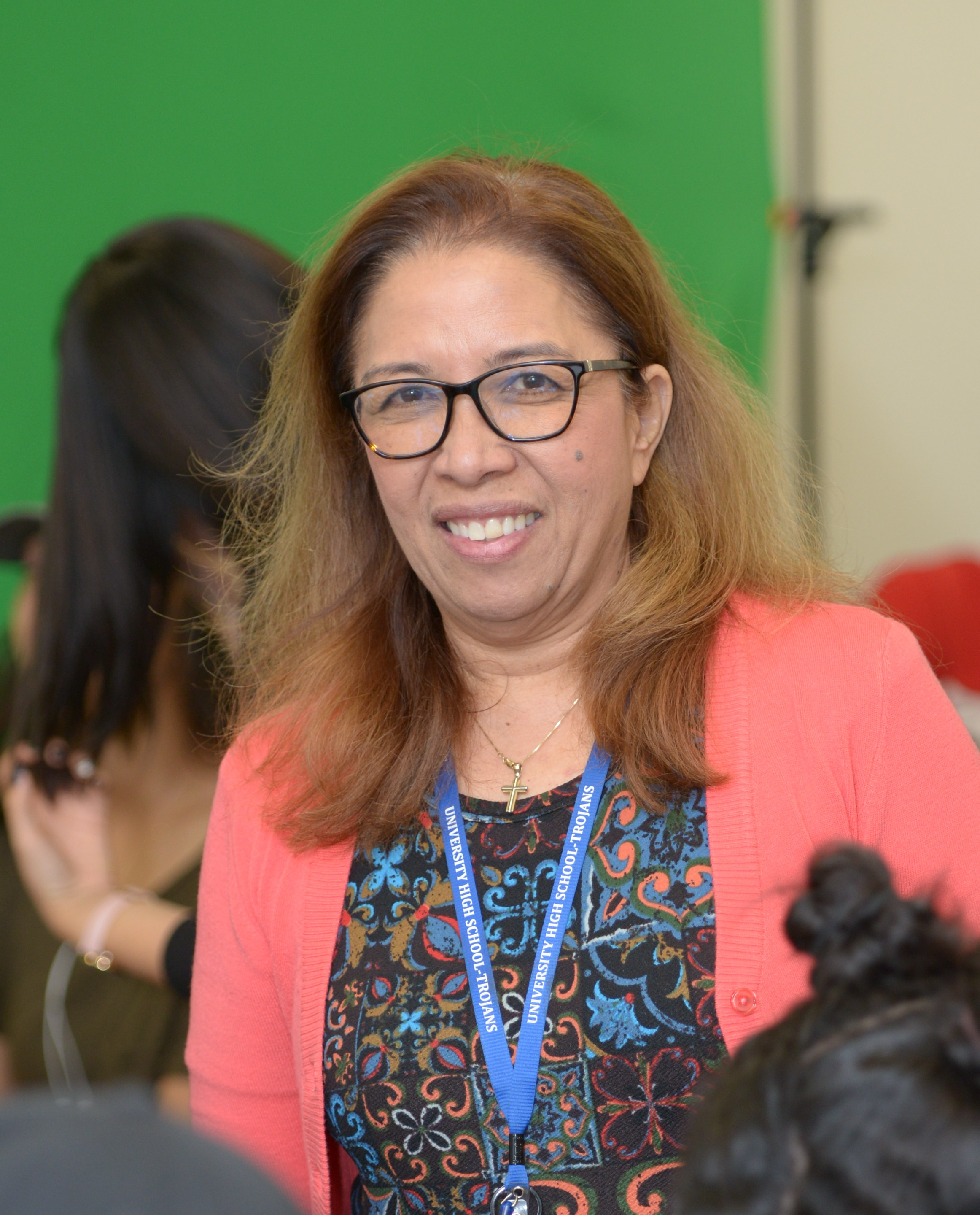
Teresa Ozoa
Google allows engineers to spend 20 percent of their work time on any pet project they choose. The idea is simple: Allow people to work on something that interests them, and productivity goes up. Many innovative Google projects are attributed to this, including Gmail and Google News.
Genius Hour fits nicely into long class periods and block scheduling. Her students are exploring interests that include learning Chinese, researching sky diving, and writing a science fiction novel. Others create rap music and video games.
Regardless of the topic, overall student enthusiasm is up, which carries into academic productivity and interest in school, says the Irvine Teachers Association member.
“Genius Hour is not just for high-achieving kids. One of my biggest successes was a special education student who created a book review blog on young adult fiction.”
Sometimes, students fail, and that’s OK, too. “What I assess is the process,” Ozoa explains. “They have to write reflections for me every two weeks as part of their homework assignments.”
Ozoa comments that apathy sometimes afflicts high-achieving students, who care more about the grade and acing the test than acquiring knowledge and putting it to use.
“Not only has Genius Hour alleviated apathy, but it has helped students bond with me and each other, and fostered critical thinking. Before, my class was just another course. Now students are excited about it.”
Navigation
Follow the links below to see the other parts of the 2018 “Back to School” feature section.
Back to School: How to Motivate Your Students
Back to School: A Great Ride
Back to School: On Trend in the Classroom
Back to School: Pro Tips
Back to School: Rules and Routines
The Discussion 0 comments Post a Comment